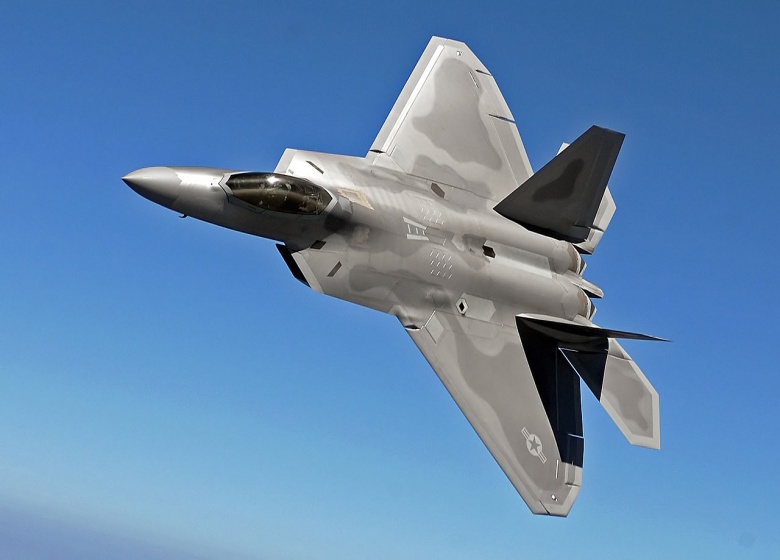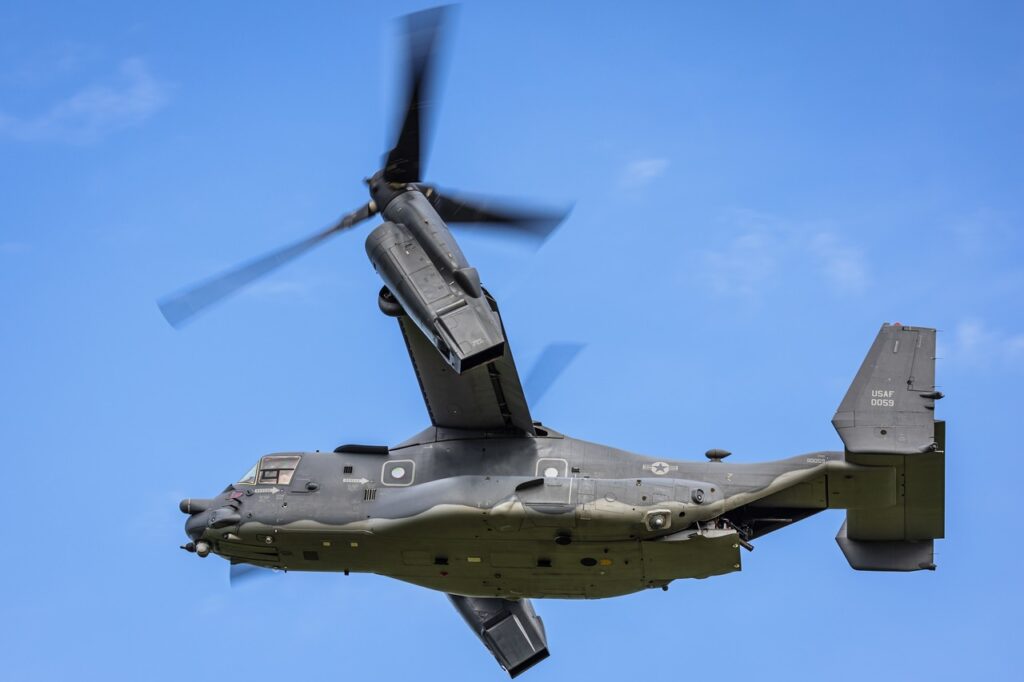
China’s Master Plan To Destroy the Stealthy F-22 and F-35 in Battle
China’s Shengyang J-11 unlicensed derivative of the Russian-developed Su-27 Flanker has become the mainstay of the People’s Liberation Army Air Force (PLAAF). While the Chinese-built jets are not able to match U.S.-built fighters one-for-one, China is building a lot of them. Down the road, advanced derivatives of the J-11 might become every bit as capable as the most advanced versions of American and allied fourth-generation fighters like the F-15 or F-16. Even fifth-generation Lockheed Martin F-22 Raptors and F-35 Joint Strike Fighters might be overwhelmed by the sheer numbers of Chinese jets and the problems associated with the lack of bases in the Western Pacific.
What Makes The J-11 Special:
There have been many iterations of the J-11. Those range from the original license-built models to the “indigenously” produced A-model to the upgraded B/BS-model, which uses a host of Chinese upgrades and avionics hardware. China continues to develop other versions of the J-11 including the advanced J-15, which is designed to operate off China’s lone aircraft carrier Liaoning,which was purchased incomplete as a derelict from the Nikolayev shipyards in Crimea. Shengyang was aided in the development of the J-15 through the purchase of a Su-33 Flanker prototype from Ukraine.
The J-15, however, was more than just a reverse engineered copy of the original Russian Flanker design. The carrier-based aircraft is expected to feature a host of advanced avionics, including a phased array radar and new infrared search and track system. But while the carrier-variant has gotten a lot of attention, a parallel development that features many of the same advancements seems to be making headway.
The J-11D, which is currently in development, is arguably the most advanced land-based single-seat Chinese version of the Flanker. While it probably is not quite as potent as the Russian Su-35S, it is very comparable in a lot of respects. While almost all information concerning Chinese hardware is suspect, the new J-11D allegedly made its first flight sometime in April. The new variant is purportedly equipped with a new electronically scanned radar—possibly an active electronically scanned array (AESA). But China wouldn’t need the Su-35 if it had developed a working, producible AESA. That could be why China and Russia have been taking so long to work out a deal to buy the Su-35—the People’s Republic has reached a point where it doesn’t need the Russians as much as they used to.
The J-11D is also purported to use radar absorbent materials to help reduce the jet’s signature, possibly a new infrared search-and-track system (IRST) and revamped electronic warfare systems. It also allegedly features an improved version of China’s WS-10 jet engine—but the Chinese have had a lot of difficulties with producing a reliable motor for their aircraft. One reason China is interested in the Su-35 is because of that plane’s engines.
But Would the Jets Ever Meet in the Skies Over Asia?:
While it is certainly important to consider all of the various possible U.S.-China fighter match ups, we must consider another possibility: there is important data points that suggest these planes may never meet in the skies above Asia.
Given the vast distances of the Pacific, land-based Chinese fighters have limited ability to strike at their more distant neighbors, but there is likely to be an “access” problem for U.S. forces in the event of a conflict, especially if when used in conjunction with an integrated air defense system.
If there were to be a war in the Western Pacific, the massive air battles that many might envision, are not likely to take place because the United States and our allies have few bases in the region to host tactical fighters like the F-35. More problematic is that even if jets were to takeoff from bases in Japan like Kadena or Andersen Air Force Base on Guam, the distances are vast. Tankers would come at a premium and would likely to be among the first to be targeted. Moreover, the Chinese are almost certain to attack those air bases with massive barrages of cruise and ballistic missiles—potentially rendering them useless even if structures on the facilities are hardened.
Even if U.S. fighters like the F-22 and F-35 are superior to their Chinese counterparts (and they are), it is meaningless if they don’t have bases to operate from or tankers to refuel from. Further, without intelligence, surveillance and reconnaissance assets, those jets couldn’t be properly supported—and it becomes even more difficult when the Chinese attack the space assets and data networks that hold America’s fighting forces together.
The question shouldn’t be if the F-35 would be able to hold it’s own in a dogfight, the real question should be: Are short-range tactical fighters relevant in the Pacific theatre?
Dave Majumdar is the defense editor for The National Interest. You can follow him on Twitter: @davemajumdar.


